I work with logos and other simple graphics, in which there are no gradients or complex patterns. My task is to extract from the logo segments with letters and other elements.
To do this, I define the background color, and then I go through the picture in order to segment the images. Here is my code for more understanding:
MAXIMUM_COLOR_TRANSITION_DELTA = 100 # 0 - 765
def expand_segment_recursive(image, unexplored_foreground, segment, point, color):
height, width, _ = image.shape
# Unpack coordinates from point
py, px = point
# Create list of pixels to check
neighbourhood_pixels = [(py, px + 1), (py, px - 1), (py + 1, px), (py - 1, px)]
allowed_zone = unexplored_foreground & np.invert(segment)
for y, x in neighbourhood_pixels:
# Add pixel to segment if its coordinates within the image shape and its color differs from segment color no
# more than MAXIMUM_COLOR_TRANSITION_DELTA
if y in range(height) and x in range(width) and allowed_zone[y, x]:
color_delta = np.sum(np.abs(image[y, x].astype(np.int) - color.astype(np.int)))
print(color_delta)
if color_delta <= MAXIMUM_COLOR_TRANSITION_DELTA:
segment[y, x] = True
segment = expand_segment_recursive(image, unexplored_foreground, segment, (y, x), color)
allowed_zone = unexplored_foreground & np.invert(segment)
return segment
if __name__ == "__main__":
if len(sys.argv) < 2:
print("Pass image as the argument to use the tool")
exit(-1)
IMAGE_FILENAME = sys.argv[1]
print(IMAGE_FILENAME)
image = cv.imread(IMAGE_FILENAME)
height, width, _ = image.shape
# To filter the background I use median value of the image, as background in most cases takes > 50% of image area.
background_color = np.median(image, axis=(0, 1))
print("Background color: ", background_color)
# Create foreground mask to find segments in it (TODO: Optimize this part)
foreground = np.zeros(shape=(height, width, 1), dtype=np.bool)
for y in range(height):
for x in range(width):
if not np.array_equal(image[y, x], background_color):
foreground[y, x] = True
unexplored_foreground = foreground
for y in range(height):
for x in range(width):
if unexplored_foreground[y, x]:
segment = np.zeros(foreground.shape, foreground.dtype)
segment[y, x] = True
segment = expand_segment_recursive(image, unexplored_foreground, segment, (y, x), image[y, x])
cv.imshow("segment", segment.astype(np.uint8) * 255)
while cv.waitKey(0) != 27:
continue
In the end of run-time I expect 13 extracted separated segments (for this particular image). But instead I got RecursionError: maximum recursion depth exceeded, which is not surprising as expand_segment_recursive() can be called for every pixel of the image. And since even with small image resolution of 600x500 i got at maximum 300K calls.
My question is how can I get rid of recursion in this case and possibly optimize the algorithm with Numpy or OpenCV algorithms?




